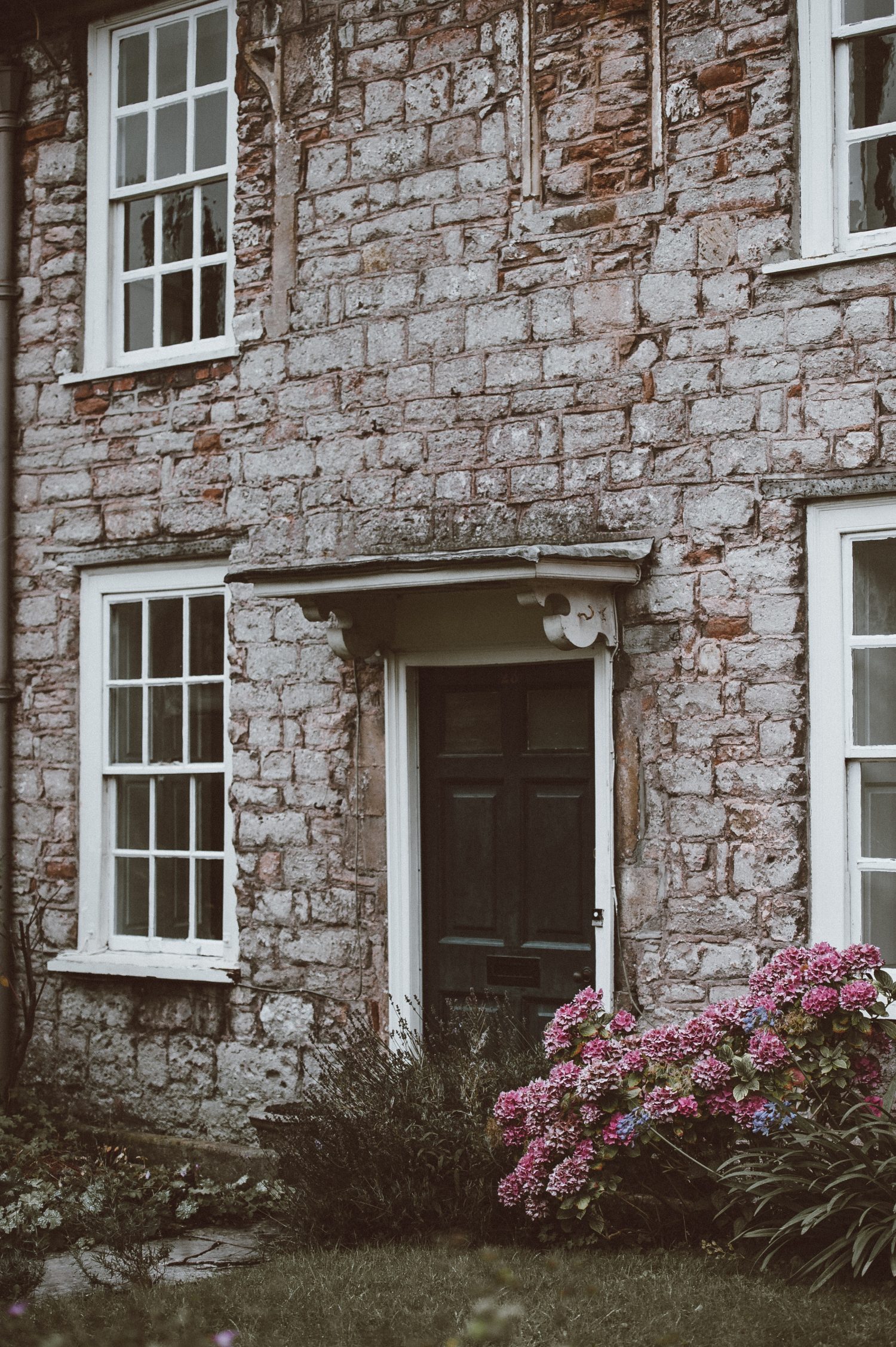6 tips for saving energy in an old home

I love old houses, they are quirky, full of character and have several lifetimes worth of stories to tell inside their walls. I love living in a house where I know so much has happened before I lived there, before I was born even. I often wish the walls in my house could talk, and tell me all that they have seen over the years. Our house is around 150 years old, and not the oldest house I have lived in. When we were moving, I feared we’d have to move into a new build to get the extra bedrooms we needed, at a price we could afford. SO when we found this house, I was ecstatic – old houses are often more spacious, with bigger rooms and higher ceilings and lovely big windows to let in lots of light.
Of course, they come with their downfalls too. One is that they have a reputation of being draughty and expensive to run. It can be true that the house can get chilly and harder to heat than a modern house, but I have found a few tips that have helped to save energy in our old home.
1| Update the windows.
While half of the windows in our house are modern uPVC windows, the rest are the original wooden windows, which really need replacing with new sash windows. The old window frames can be draughty, but also single glazing often very thin, creating a cold internal surface. Sash windows can be made to look identical to the original windows, so you don’t have to worry about losing any of the character when updating to modern windows.
2| Install a smart meter.
A smart meter is a great way to monitor your energy usage within the home, to see how your home performs and to see where savings need to be made
3| Think about the draughts
If you still have original windows or doors, the chances are there are gaps which are letting cold air into your home, and the warm air out. Use draught strips around window and door frames, draught excluders at the bottoms of doors, and covers over your letterbox.
4| Add heating controls
Using Thermostatic radiator valves or smart thermostats so that you have control over the heating in individual rooms. This means you can lower or switch off the heating in rooms that are not being used.
5| Insulate the loft
Around a quarter of a house’s heat is lost through an un-insulated loft, so it is a very wise investment, and you will quickly recoup the expense.
6| Check your boiler
An annual check to ensure your boiler is working is essential, though if it is over ten years old, it may be worth updating it for a newer efficient one – which could save you around £300 a year. It is also wise to check if your radiators need bleeding regularly.
Do you live in an old house? If you do, and you have any other tips for saving energy in a period home?

Leave a Reply
You must be logged in to post a comment.